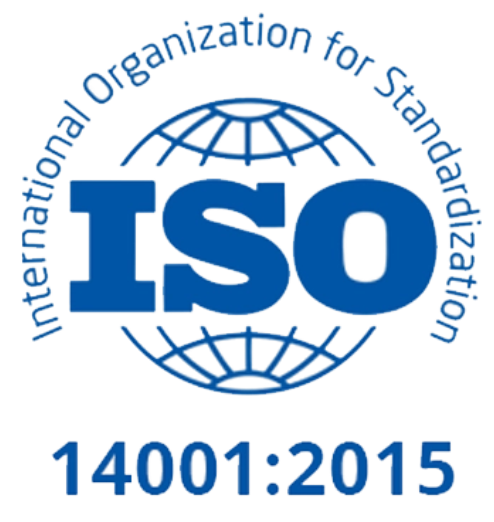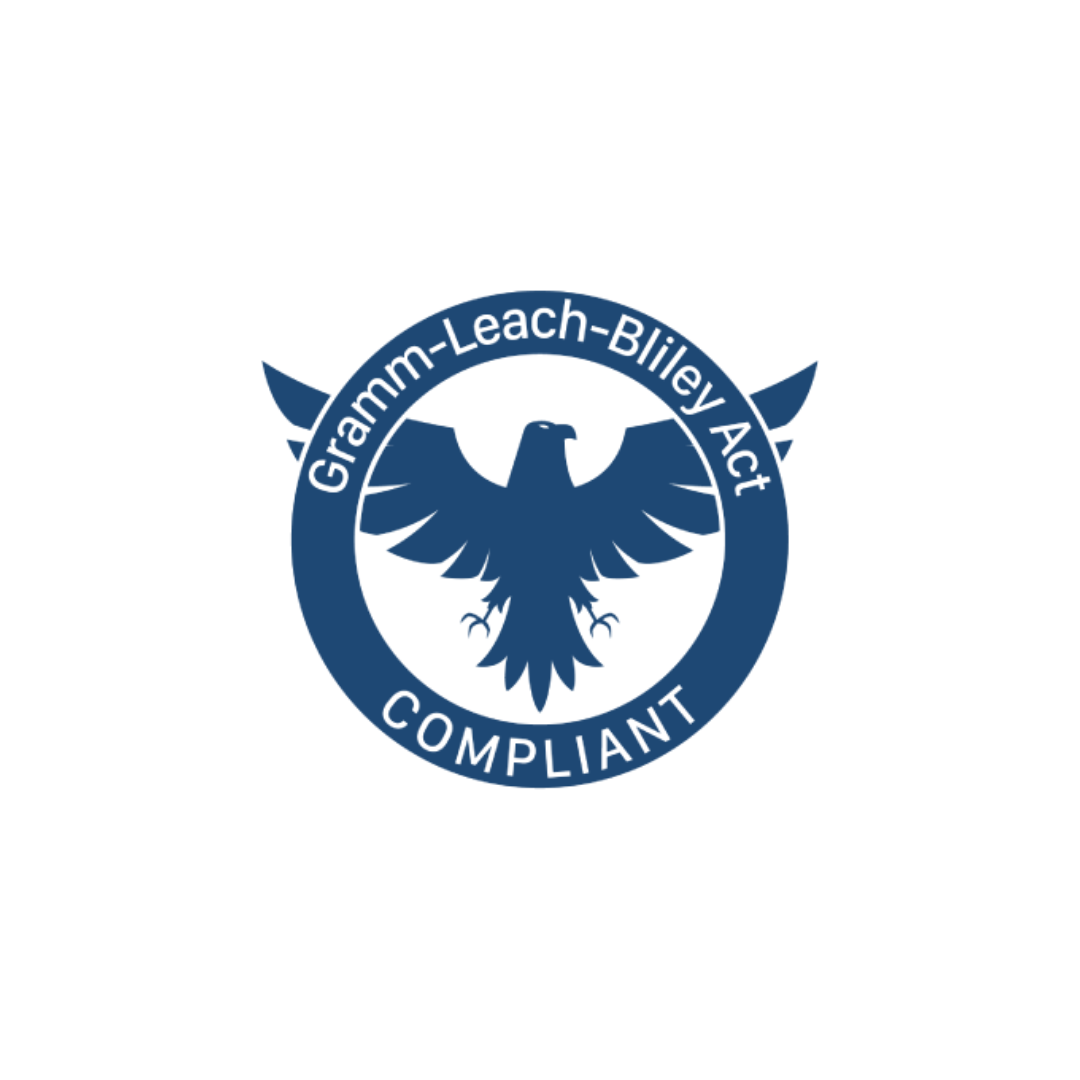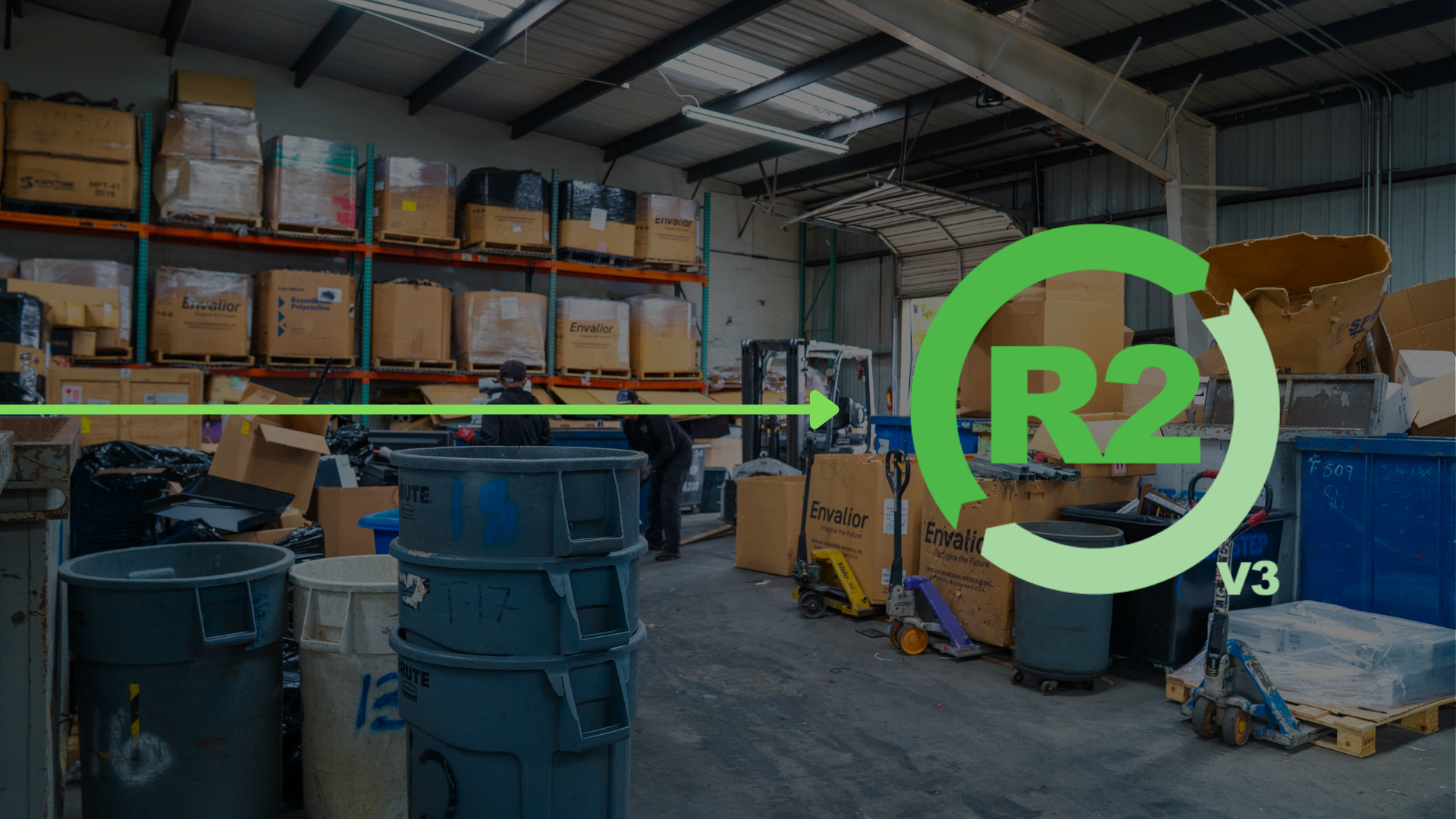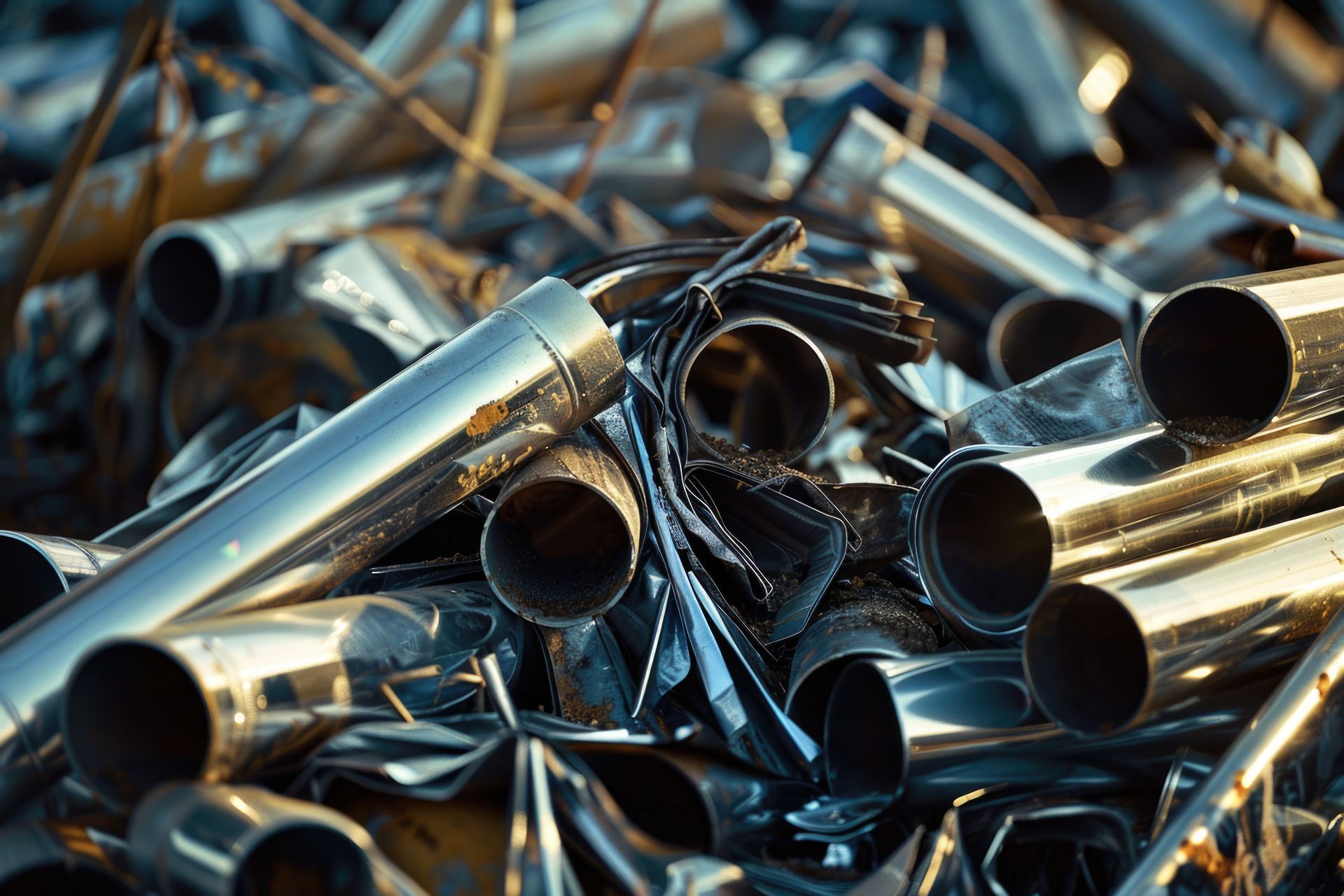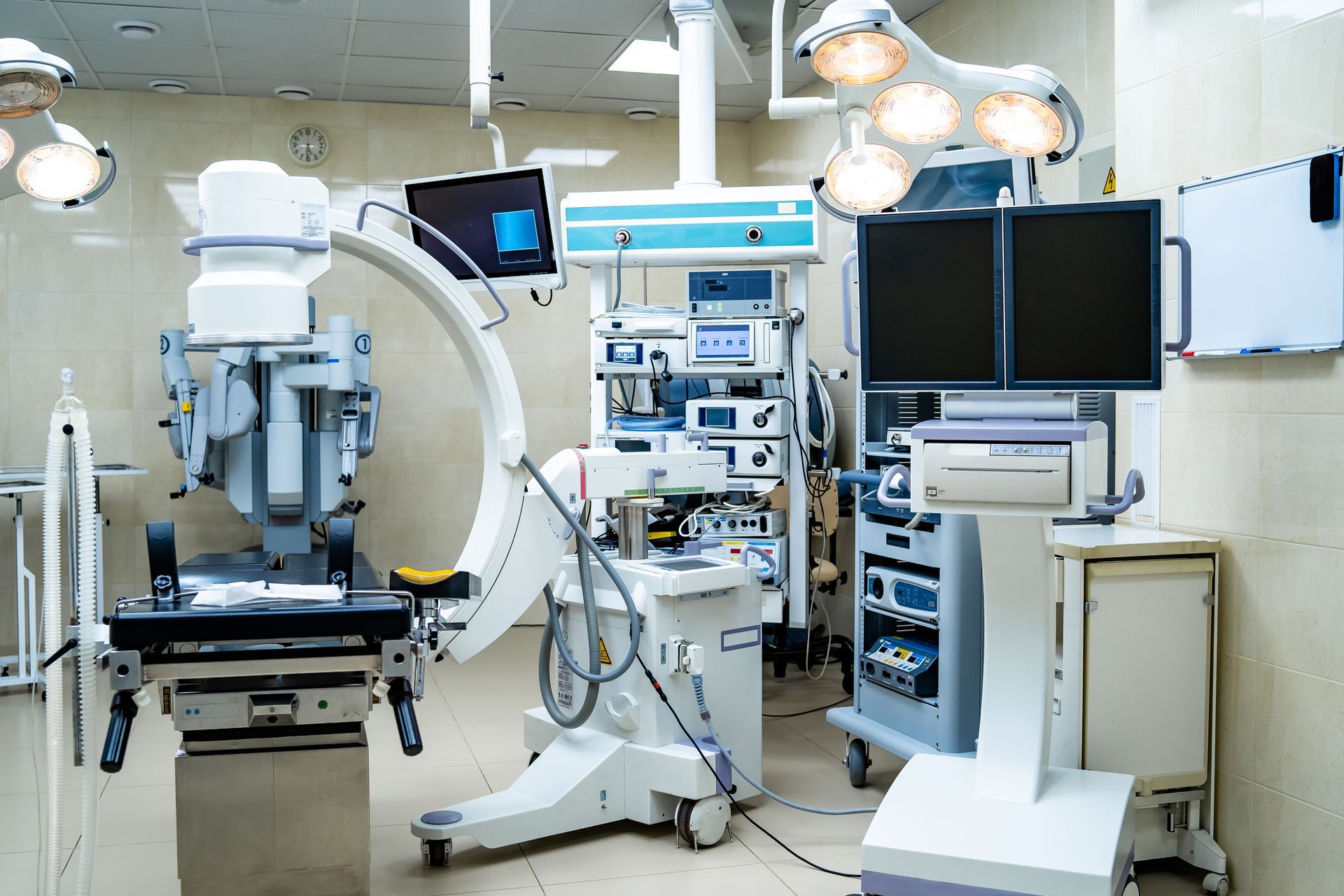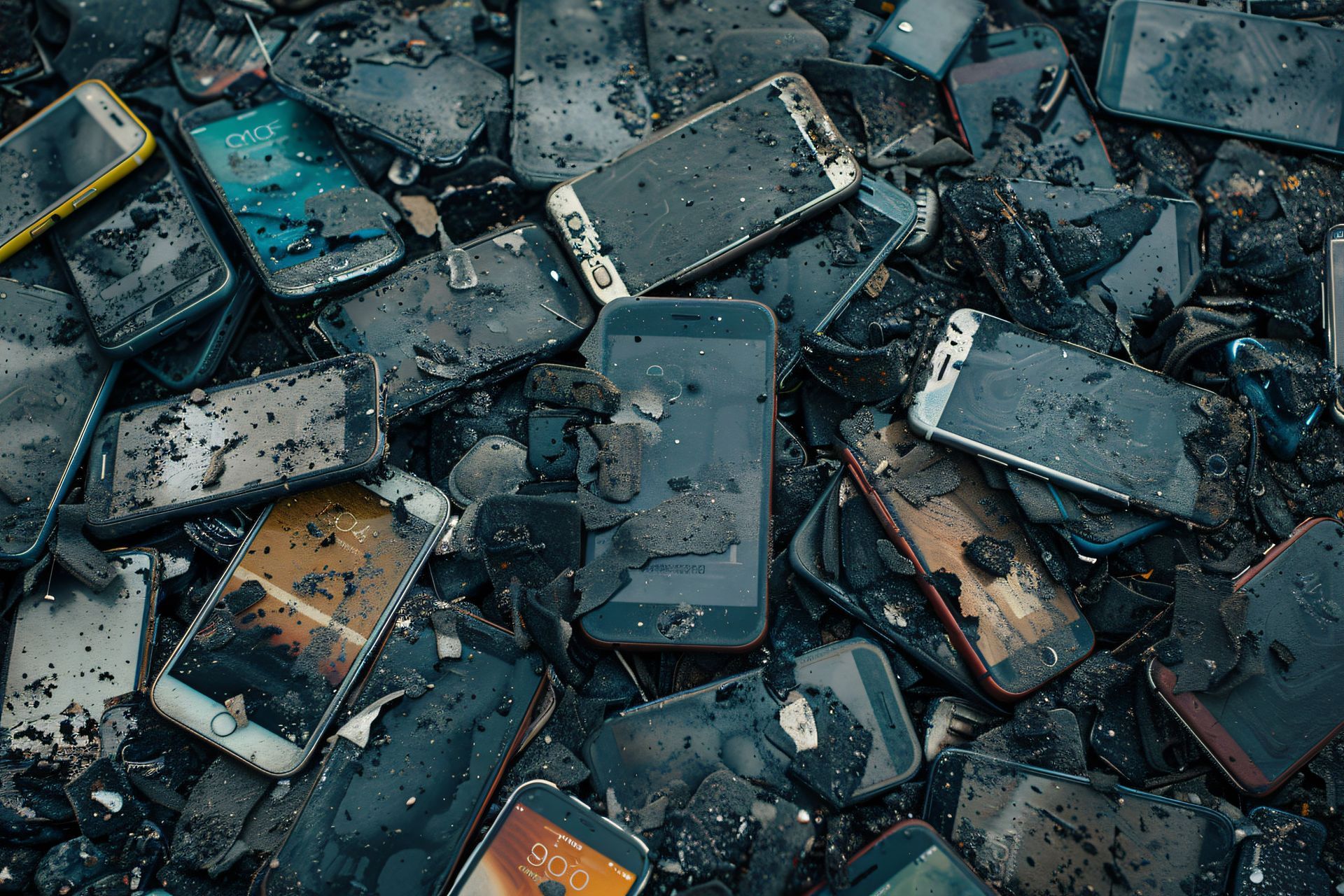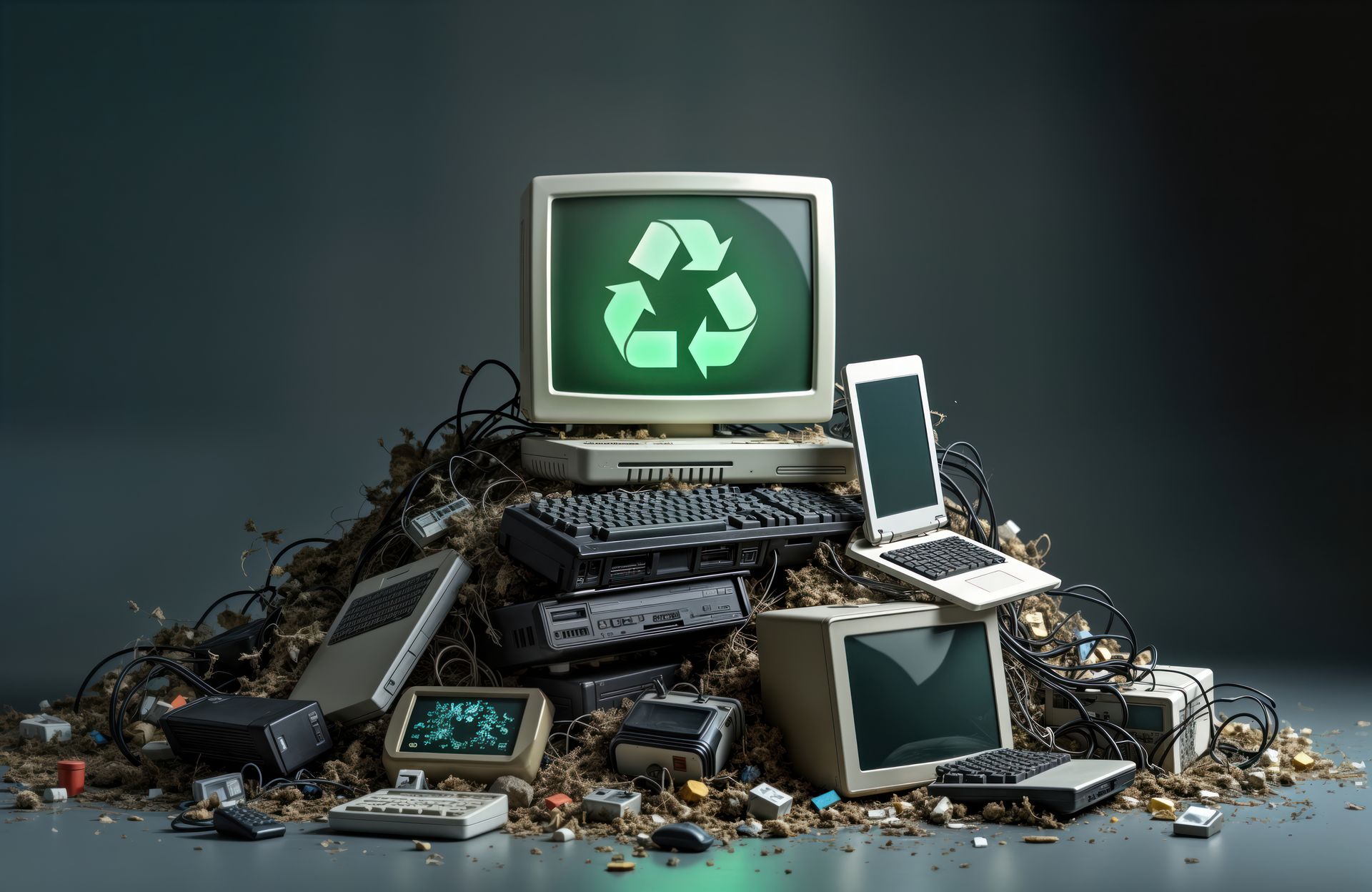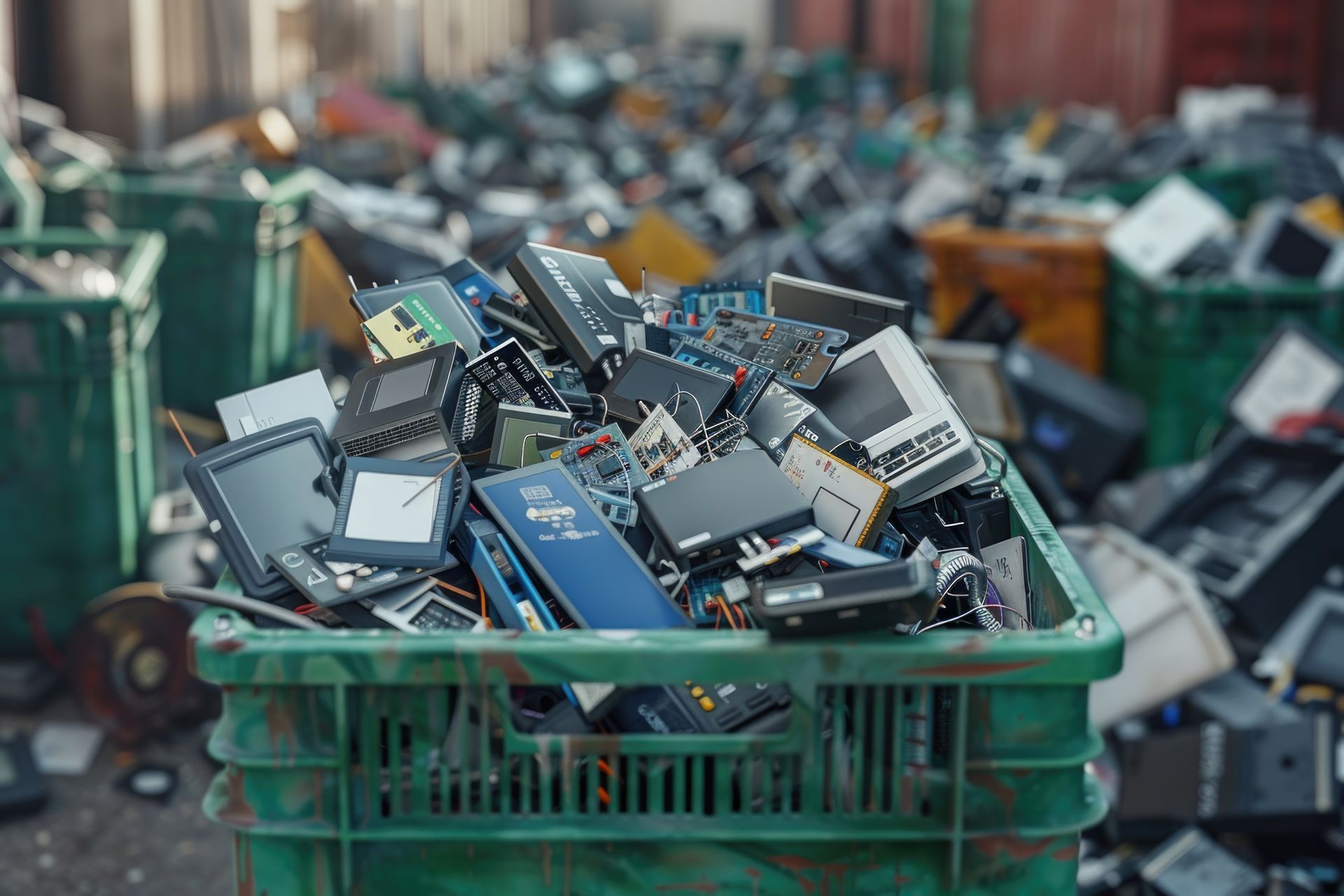Scrap Steel Recycling 101: From Scrap to New Steel Products
This is a subtitle for your new post

Think about how much steel surrounds us daily: in our cars, towering buildings, and everyday appliances. When these items reach their end-of-life, managing them presents a significant challenge. But what if we told you that scrap steel recycling offers a powerful solution? It’s not just waste disposal; it's a fundamental process that gives steel an endless new life.
This post will demystify the journey from discarded scrap to gleaming new steel. We'll highlight its crucial importance and emphasize steel's infinite recyclability, positioning it as a cornerstone of a truly sustainable future.
Why Steel is a Recycling Champion
Steel stands as a true champion in the world of recyclables for one unparalleled reason: its infinite recyclability. As a ferrous metal, steel can be recycled repeatedly without any degradation to its inherent properties. A steel beam from an old building can become a new car part, then eventually a new food can, and so on, theoretically forever. This makes steel a perfect material for a circular economy.
The environmental imperative of recycling steel is profound:
- Resource Conservation: Recycling steel drastically reduces the need to mine new iron ore, coal, and limestone. This protects natural landscapes, conserves valuable energy, and minimizes water usage associated with virgin material extraction.
- Immense Energy Savings: Producing steel from recycled materials requires significantly less energy than starting from raw resources. For instance, recycling steel saves approximately 75% of the energy needed to make new steel from virgin materials. This translates directly into a massive reduction in greenhouse gas emissions.
- Pollution Reduction: Less reliance on virgin mining and production means less disruption to ecosystems. It also leads to a substantial reduction in air and water pollution, along with less solid waste generated, compared to traditional steelmaking methods.
Scrap steel recycling directly addresses these critical industrial and environmental challenges, making it a leading solution for a more sustainable future.
Scrap Steel Recycling 101: The Journey from Old to New
The transformation of discarded steel scrap into valuable new products is a testament to modern scientific ingenuity and engineering. It's a sophisticated, multi-step sequence designed for maximum efficiency and purity, forming the core of the steel recycling process.
A. Collection & Preparation of Steel Scrap:
The journey begins with gathering
steel scrap from diverse sources. This includes vast quantities of industrial scrap from manufacturing plants and stamping operations, steel removed from demolition sites (like beams and rebar), and consumer scrap from old appliances and vehicles. Once collected, an initial sorting separates steel from other metals and contaminants. Larger pieces then undergo processing—either compacting into dense bales using powerful hydraulic presses, or shearing and shredding them into smaller, fist-sized pieces. This preparation is crucial, increasing efficiency for the subsequent stages of the
steel recycling process.
B. Melting & Refining (The Heart of the Process):
This is paragraph text. Click it or hit the Manage Text button to change the font, color, size, format, and more. To set up site-wide paragraph and title styles, go to Site ThemeAfter preparation, the steel scrap enters the melting phase:
- Electric Arc Furnace (EAF): EAFs are the primary method for melting steel scrap. Electric currents generate intense heat (reaching thousands of degrees Fahrenheit) that quickly melts the prepared scrap. This method is highly efficient and largely relies on recycled materials.
- Basic Oxygen Furnace (BOF): While EAFs primarily use scrap, BOFs typically use a mix of virgin iron ore, molten iron, and a smaller percentage of steel scrap.
Refining: Once molten, the steel undergoes a refining process. Impurities are removed by adding fluxing agents, which bind with unwanted elements and float to the surface as slag. Oxygen is also injected to further purify the steel, ensuring the desired quality and composition are achieved..
C. Solidification & Shaping:
Finally, the purified molten steel is cast into continuous strands or ingots. These are then hot-rolled into various semi-finished forms like slabs, blooms, or billets, or directly into finished products such as sheets, rebar for construction, or structural shapes for buildings. These newly formed, high-quality steel products are then ready for distribution to manufacturers worldwide, completing the circular steel recycling process.
Partnering with NXT STEP: Your Go-To for Scrap Steel Recycling in California
For businesses in California seeking a reliable and expert partner for scrap steel recycling, NXT Step Recycling stands out. We go beyond basic collection, offering a service that brings distinct advantages to our clients.
NXT Step Recycling is one of the few R2v3-certified recyclers in San Jose. This certification provides distinct, monetizable, and defensible advantages that most local competitors simply cannot match. We leverage these strengths to unlock higher-margin business, win contracts, and grow our brand by providing:
- Regulatory and Compliance Superiority: Our R2v3 certification signifies adherence to the highest standards for environmental responsibility, data security, and worker health and safety. This ensures your scrap steel recycling meets and exceeds California's strict regulations, mitigating compliance risks for your business.
- Eligibility for Lucrative Contracts and Partnerships: Many large corporations and government entities require their recycling partners to hold advanced certifications like R2v3. Our status opens doors to these higher-value contracts and partnerships, providing a significant advantage in the market.
- ESG & Sustainability Credentials for Corporate Clients: For corporate clients focused on Environmental, Social, and Governance (ESG) goals, our R2v3 certification directly supports their sustainability reporting and brand image. Partnering with us helps them demonstrate a verifiable commitment to responsible recycling.
- San Jose Market-Specific Advantage: Our local expertise and R2v3 certification give us a unique edge in the San Jose market. We understand the specific needs, regulations, and logistics for local recycling in San Jose, offering efficient and compliant solutions that are difficult for less-certified competitors to match.
We highlight NXT Step's deep expertise in
scrap steel recycling and other ferrous metals. Our streamlined process for industrial and commercial clients includes convenient container placement, efficient pickup services, and accurate weighing, ensuring transparent and fair transactions. We emphasize our unwavering commitment to proper processing and partnering only with certified downstream entities for truly
responsible steel recycling. Our capability to handle large volumes and diverse types of
steel scrap positions us as expert providers of comprehensive metal recycling services across California.
Your Role: Building a Sustainable Future, One Ton of Steel at a Time
The scrap steel recycling process is a powerful force for sustainability and economic benefit. Every single ton of steel you recycle contributes significantly to conserving natural resources, reducing energy consumption, and cutting pollution.
NXT Step Recycling is your trusted partner for recycling steel in California. We're dedicated to helping businesses like yours transform their steel scrap into a valuable resource and actively contribute to a greener future.
Ready to make your steel scrap work for a more sustainable tomorrow? Contact NXT Step Recycling today for expert
scrap steel recycling solutions tailored to your business needs in California. You can reach us directly at
+1 408-896-6200 or visit our facility at
918 Commercial St, San Jose, CA 95112, United States. Discover more about how we're making a difference on our website.
